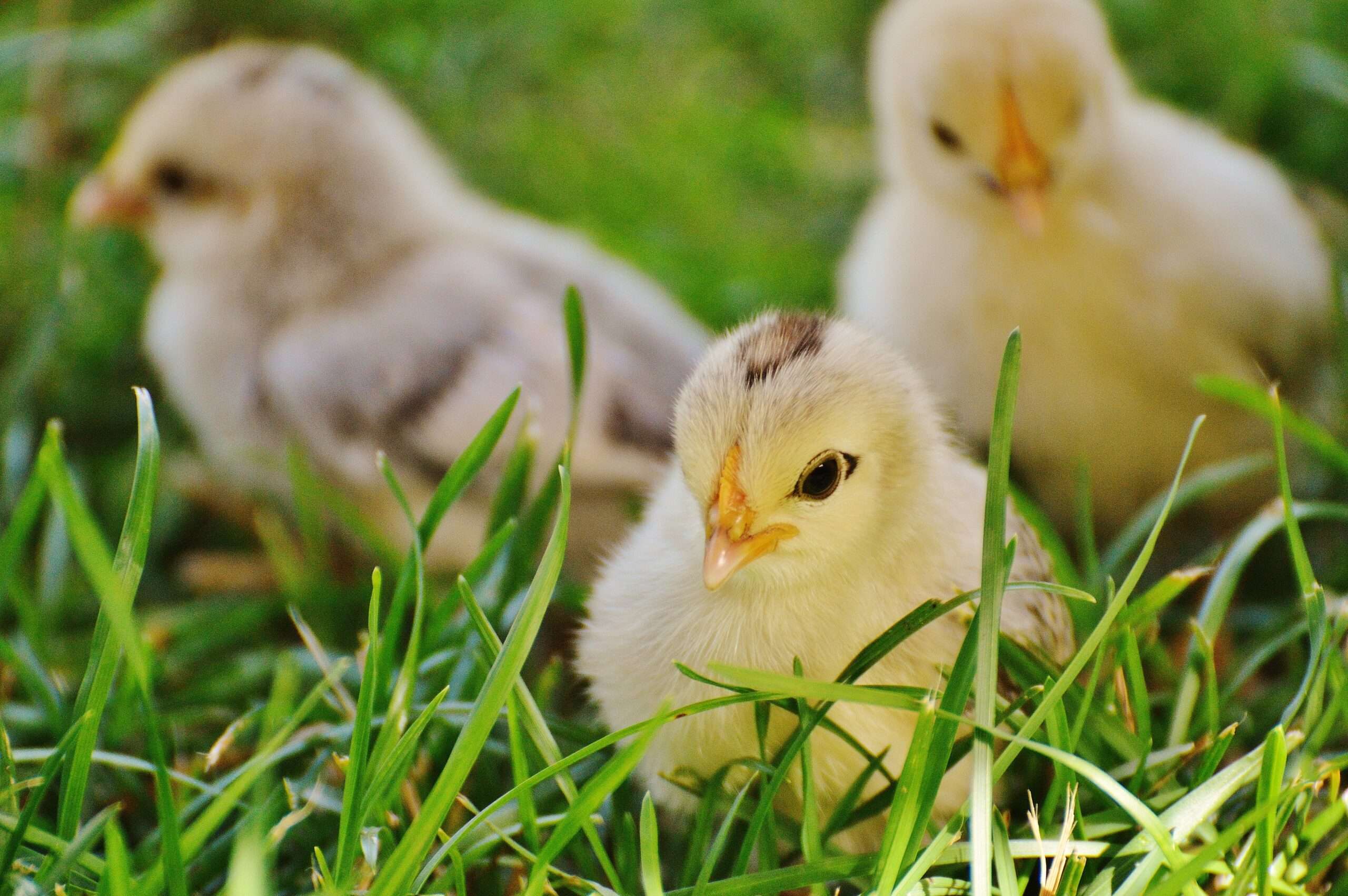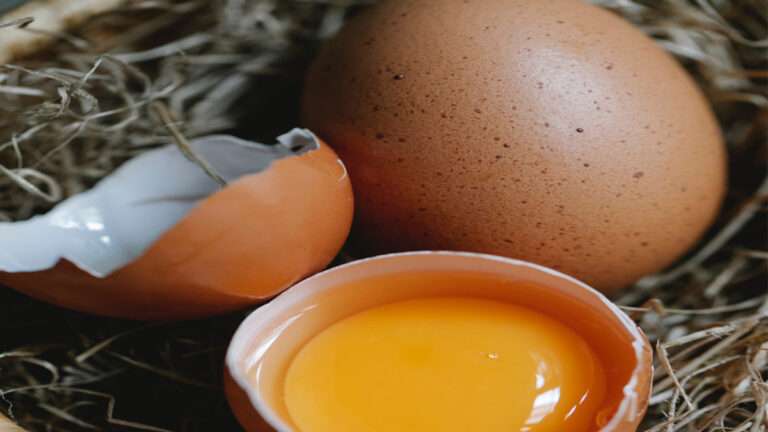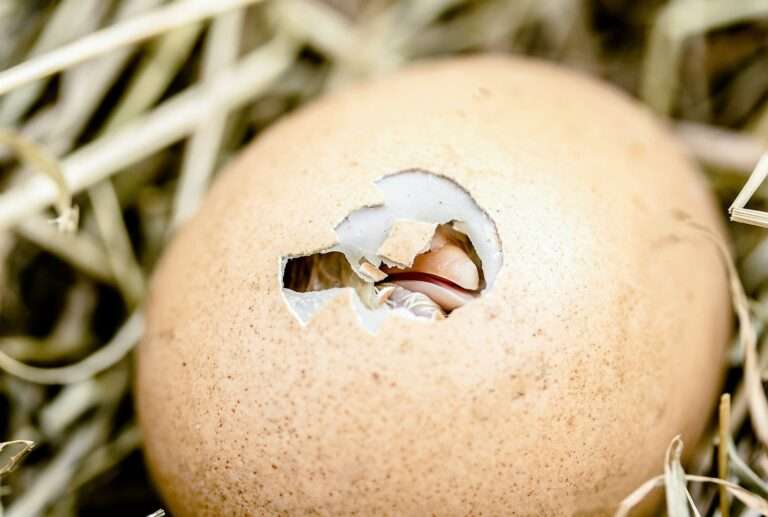Technically, brooding is defined as the period from hatching until supplemental heat is no longer needed. For most people, this means the time period that the chicks need to be kept inside or with a heat lamp, which is generally somewhere between three to eight weeks. The smaller and slower-growing the breed is, the longer it will need the support of brooding.
This is a critical time for your chicks. They’re growing rapidly; they can’t handle most outdoor environments because they don’t regulate temperature as adult chickens do; and they’re at their most vulnerable for disease. Brooding is also when incorrect incubation or poor parent stock is most obvious; sickly chicks are more difficult to raise and require more extensive management.
Brooding Of Chicks
Luckily, there are a few ways that brooding can be explained to make sense of it all. Many of these categories are the same for adult-bird management, but instead of a one-size-fits-all mentality, you will have to alter and change the environment and the rules as your birds grow.
There are eight different things chicken keepers need to remember when they are brooding any kind of bird, be it chickens, turkeys or quail:
Best brooding temperature is 32 ‘C to 35’C.
Brooding of Chicks



